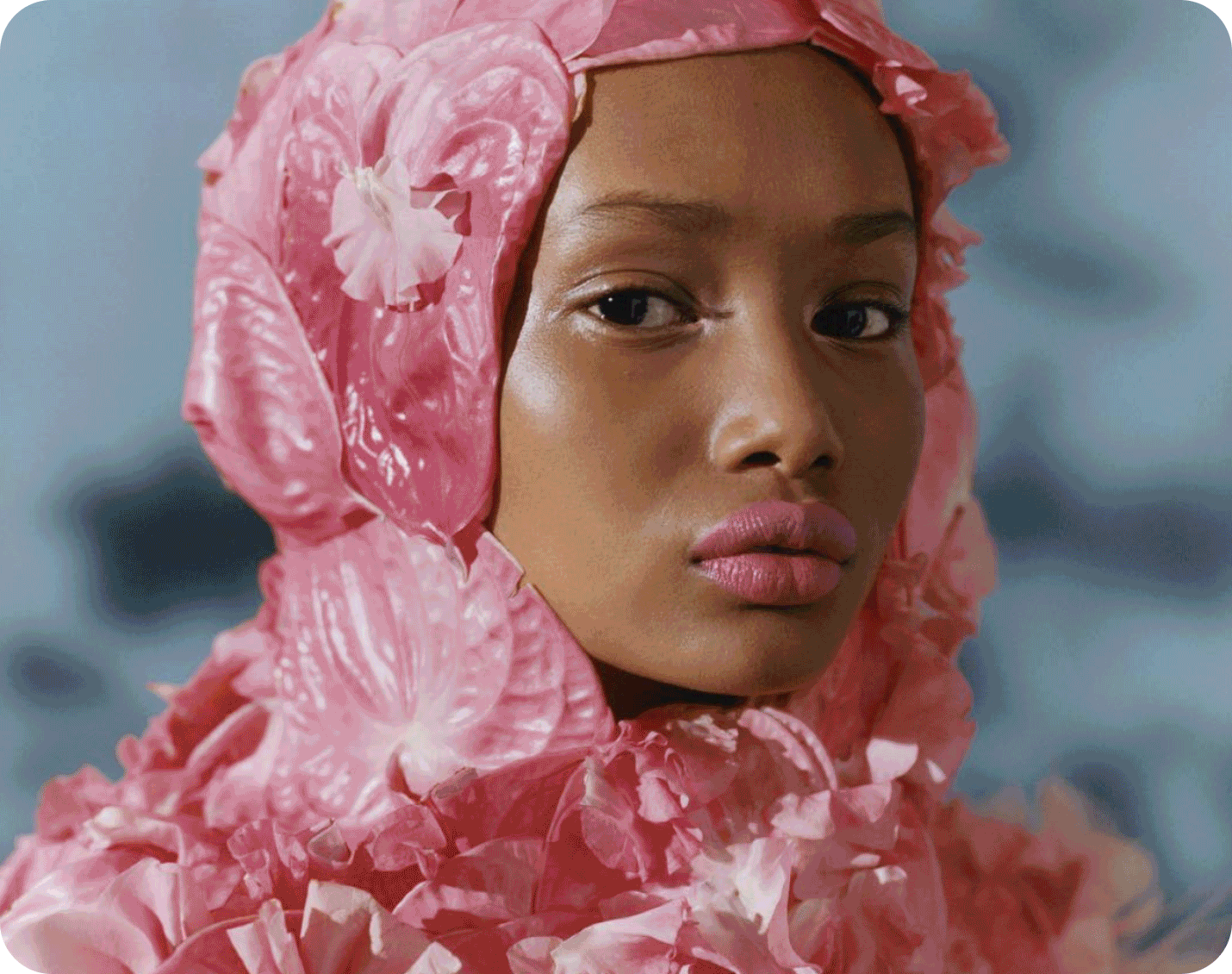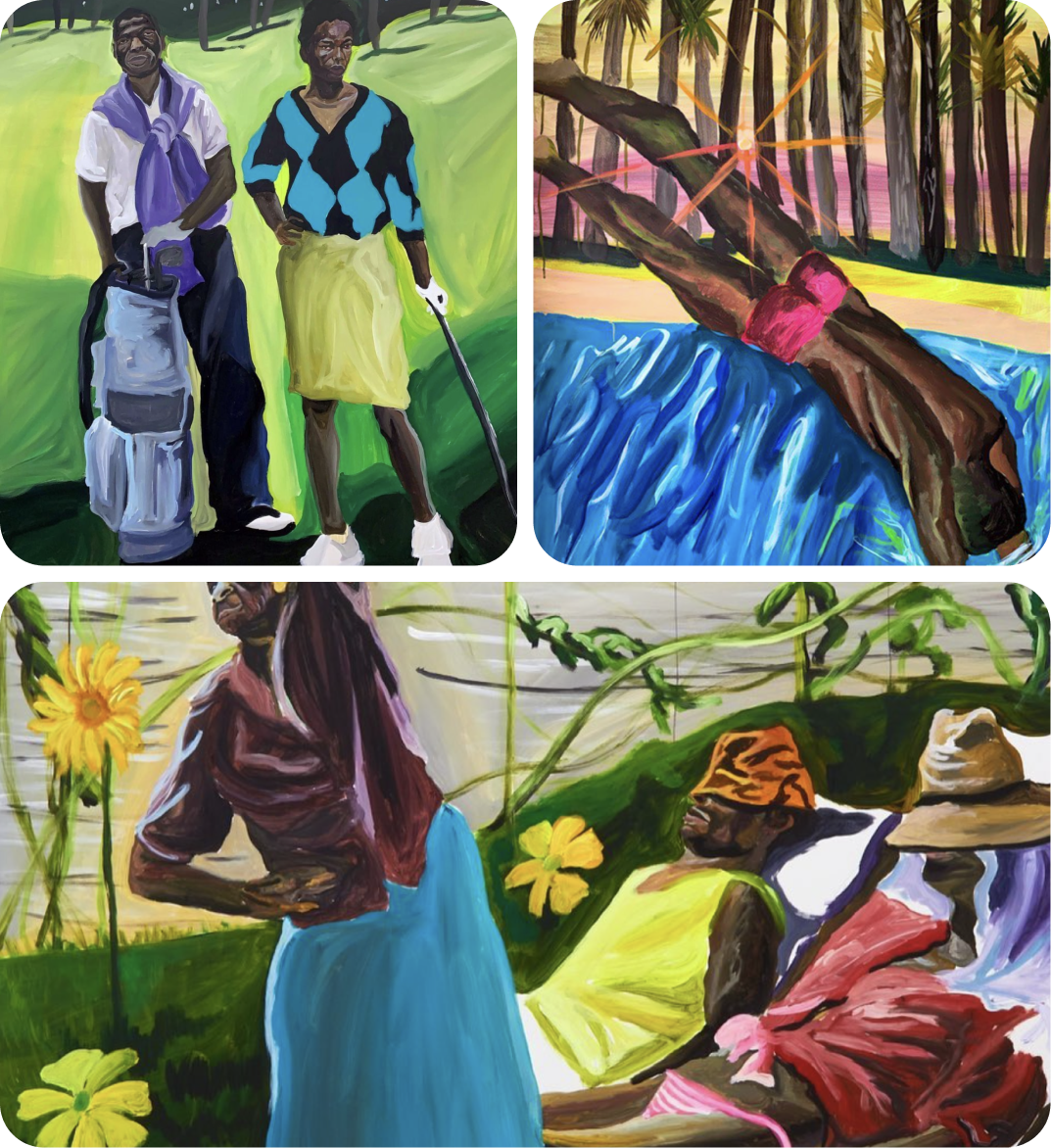
A Jungle Oasis ☼ Black Utopia: Tyler Mitchell ☼ Cutting-Edge Furniture
20 Apr 2023

Tiki Tiki Rum Runner
With tasting notes of worldwide walking, Jacquemus and Jonathan Anderson’s recent contributions to furniture, a jungle oasis in Australia, McDonalds in 1996, the return of Jai Paul, the stories behind the best games and developers in the 80s and a curated store from a playful design studio.
The good life beckons once more!
Hot Hyperlinks
☼ Explore Jacquemus’ first foray into furniture in a collaboration with Exteta, as well as a curated collection of objects shot at Niemeyer’s Casa das Canoas in Rio de Janeiro
☼ A jungle oasis: Inside an architect’s tasteful concrete bunker home in rural Australia that melts into its landscape
☼ Ever wondered what the McDonald’s website looked like back in 1996 on Internet Explorer? Now you can find out…
☼ Bi-Rite is a design studio offering a playful, cutting-edge selection of homeware and accessories from emerging designers
SUMMER-ENHANCING PEOPLE
Black Utopia: Tyler Mitchell

It all began back in 2015 with a photo book, El Paquete, that photographer Tyler Mitchell had compiled of his trip to Cuba. A few years later at just 23 years old, Tyler Mitchell became the first Black photographer to shoot the cover of American Vogue. The star that month, naturally, was Beyoncé.
With his now cemented status as one of the most interesting contemporary fashion photographers, Tyler has photographed campaigns for the likes of LOEWE, Marc Jacobs and Prada amongst many others as well as two solo exhibitions. His striking and colourful work evoke both a tenderness and strength in depicting what he calls a “Black utopia”.
Highlights
- On his beginnings: “Of course there’s the surface-level cool and rebel spirit about skateboarding but the thing that makes skaters like artists runs deeper than that: It’s not a sport that’s built on competition, it’s one that thrives on community.” With the help of skater friends in Marietta, the Atlanta suburb where he grew up, Mitchell saved up to buy his first camera — a Digital SLR Canon — in ninth grade. Inspired by the dreamy aesthetic of Spike Jonze’s early skate videos, he set about teaching himself to make his own, with the help of online tutorials. “I’m definitely a YouTube-generation kid,” says Mitchell. “I learned how to make movies and how to edit that way. I quickly formed my point of view.””
- On the influence of Tumblr: “I think the link for me to Tumblr growing up was a lot more significant than even I realize, in a way. There, images come to you in a swarm of decontextualization. One thing is next to the next, and they might have nothing to do with one another, but your mind creates a link between two images. It could be a Rococo painting next to a highly conceptual image of a performance artist. And then it could be next to a very chic modern interior.”
- On his photographic themes: “I use the word “utopia” because it’s kind of an imaginary place. It’s a proposal for a place. It’s a proposal for a place where young Black men and woman exist as freely as they want. Whether that be in motion, at rest, reclining, holding one another, jump-roping, hula-hooping. Enjoying seemingly mundane pleasures. My interest in those things is the reaching for “more” because of the ways we’ve been historically denied those things in the past.”
- On creating in the present: “I want to exist on the whole spectrum—making books, which are analog objects that people can indulge in physically and making images that work well on Instagram and on a six-by-nine-inch screen. Existing at the intersection is super important to me, and I hope it supports why the work is super “now” in a way. It’s looking backward, but it’s also looking forward.”
- Tyler Mitchell’s debut monograph: I Can Make You Feel Good (2020) and his exhibition by the same name at the ICP in New York
- Tyler, the Creator in conversation with Tyler Mitchell: “That means we’re on the same wavelength; we got the same antennas. When I see your photos and your work, I’m like, Oh, he gets it. And again, I think you and I share the same idea of romance, of what that is. I remember watching Mariah Carey’s ‘Always Be My Baby’ video—they’re on that tire swing and they just jump in the lake… That’s my idea of romance as a grown adult. And I think it’s not an aesthetic, but it’s a world of stuff that’s like that — like the picnics that we still find romantic… It’s just a beautiful, romantic thing that we love the idea of. I see it in your work. It’s in my work. I think that that’s super ill to push.””
- On his latest show, Chrysalis: “Water, specifically, as a sort of baptismal element in the sky. All of these elements appear in the exhibition, both artificial and real, as symbols of spiritualism, aspiration and transformation. I think the images suggest a core fundamental resilience, radiance and full human agency that Black folks command, even in environments that tell them otherwise.”
Hotter Hyperlinks
Reserved with utmost care for the most discerning followers of leisure...
☼ Resident Advisor digs into the return of pop’s most mysterious artist: Jai Paul
☼ Shareware Heroes tells the story of the developers and games from the 1980s and 90s that dared to be different, building great games that speak for themselves
☼ Complex Presents: The coolest pieces in design right now, linking streetwear and objects and the distinct designers putting their mark on the space
☼ Jonathan Anderson gets into the spirit of his new Loewe chairs
☼ Dispatches from Chris Arnade’s walks around the world, having spent the decade prior walking around and documenting America
SUMMER-ENHANCING ART
EXHIBIT A: Indivisible (2022) by Marcus Brutus • EXHIBIT B: Deep (2020) by Marcus Brutus • EXHIBIT C: In Pursuit of Flavor (2021) by Marcus Brutus

JOIN US
🌴 Tune in to our ultra-summer radio, Poolsuite FM, on iPhone & web
🌴 Follow us: @Poolsuite on Instagram
🌴 Discover our Hour of Summer mixtapes on SoundCloud